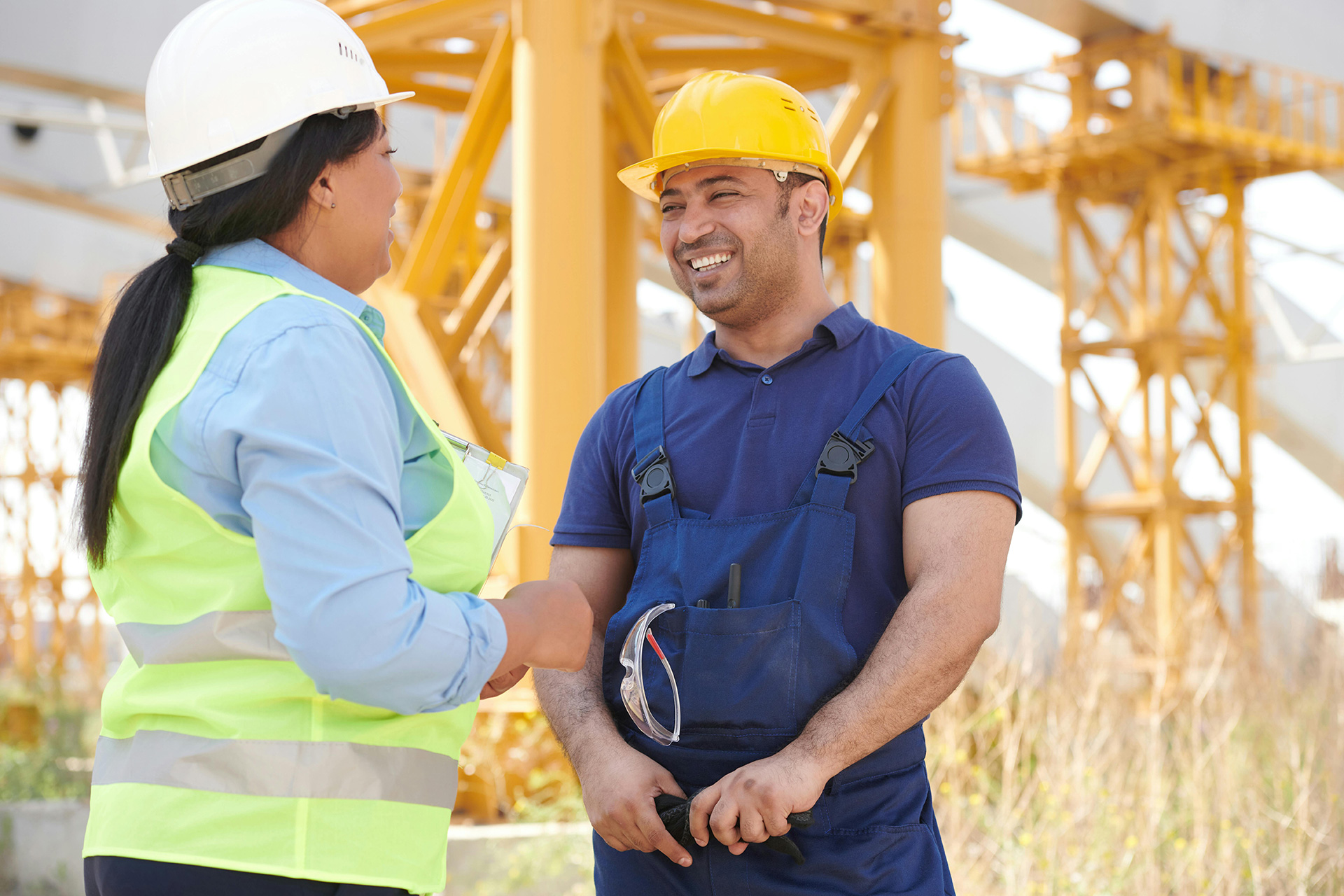
Successful crane hire goes far beyond choosing the right machine. It’s about planning, coordination, and execution that keep your entire project safe, efficient and on track
At Emerson Cranes, we’ve worked on projects of all shapes and sizes across the UK. Over the years, we’ve refined a process that keeps every hire organised, compliant, and stress-free for our clients. In this blog, we break down how to plan a crane hire from start to finish – covering everything from your initial needs assessment to your post-project review.
Step 1: Assess your lifting needs
Every successful lift starts with understanding what you need to move. Before you begin looking at crane types or suppliers, take time to assess:
- What’s being lifted? Consider the size, shape and weight of your load.
- Where is it being lifted? Think about the ground conditions, access points, and any overhead obstacles.
- How often is it being lifted? Is this a one-time job or part of an ongoing project?
This initial assessment helps determine the crane’s required capacity, reach, and mobility, ensuring you don’t over- or under-specify your equipment.
At Emerson, our team often helps clients through this stage by reviewing drawings, discussing load dimensions and identifying potential challenges early on. It’s a vital first step in making sure your project gets off to the right start.
Step 2: Arrange a site survey
Once you’ve outlined your lifting requirements, the next step is to carry out a site survey. This is where things move from theory to practice, and where experienced eyes really matter.
A detailed site survey helps to:
- Identify access routes for crane delivery and setup.
- Assess ground conditions for stability and load-bearing capacity.
- Check for hazards such as overhead cables, uneven terrain or confined spaces.
- Determine the safest crane positioning and setup configuration.
Every one of our projects begins with a comprehensive site visit from one of our experienced planners. They’ll evaluate the environment, take measurements, and confirm that the chosen crane can safely operate within your site’s constraints. This proactive approach reduces risk, minimises disruption, and keeps your schedule on track.
Step 3: Plan for safety and risk management
Safety should always come first when working with lifting equipment. Once the site survey is complete, the next phase involves developing a lift plan and risk assessment.
This includes:
- Selecting the appropriate crane and lifting accessories.
- Establishing exclusion zones and communication protocols.
- Accounting for weather conditions and site-specific challenges.
- Preparing contingency plans for unexpected issues.
At Emerson, our planning process aligns with BS 7121, the British Standard for safe crane operations. Our team produces detailed lift plans and risk assessments tailored to each job, ensuring that every lift is fully compliant and carefully controlled.
If you’re new to crane hire, this step is one of the most important to get right, and it’s where an experienced provider makes all the difference.
Step 4: Execution, the lift itself
Once everything is approved and signed off, the lift can take place. This is the most visible stage of the process, but thanks to careful planning, it should also be the smoothest.
On the day, your crane operator and lift supervisor will handle the setup, lifting sequence, and communication between all parties. At Emerson, our operators are fully qualified under CPCS and NPORS standards, bringing years of experience to every project.
Before the lift begins, the team will run final checks on:
- Crane stability and setup configuration
- Weather conditions
- Communication lines and signals
- Load security and weight verification
With everything in place, the lift proceeds exactly as planned; safely, efficiently, and with precision.
Step 5: Post-project review and evaluation
Once the lift is complete and the crane is de-rigged, it’s time for a post-project review. This stage often gets overlooked, but it’s essential for maintaining high standards and continuous improvement.
Emerson’s post-project review process focuses on:
- Evaluating what went well and where improvements could be made.
- Reviewing client feedback and on-site performance.
- Ensuring all documentation, permits, and reports are completed.
- Recording insights to refine future planning and execution.
By taking the time to reflect on each project, we ensure that future hires benefit from the lessons learned, strengthening both safety and efficiency across the board.
Why proper planning matters
Crane hire may seem straightforward, but the reality is that each project comes with its own challenges. From unpredictable ground conditions to tight deadlines or limited access, every lift demands precision and foresight.
A well-planned crane hire:
- Reduces the risk of delays and accidents.
- Ensures the right equipment is used for the job.
- Keeps your project compliant with safety regulations.
- Improves communication between teams on site.
By partnering with a company that handles every stage, from planning to post-project review, you can focus on the bigger picture, knowing that your lifting operations are in safe hands.
Partner with experts
Planning a crane hire doesn’t have to be complicated. With the right support, it can be well-coordinated and hassle-free. At Emerson Cranes, we combine decades of experience with a methodical planning process that keeps your project running safely and efficiently from start to finish.
Whether you’re hiring a compact spider crane or a 230T all-terrain model, our team will guide you through every step, from needs assessment to post-project evaluation.
Get in touch with Emerson Cranes today to discuss your next project and learn how our planning expertise can help you lift with confidence.


